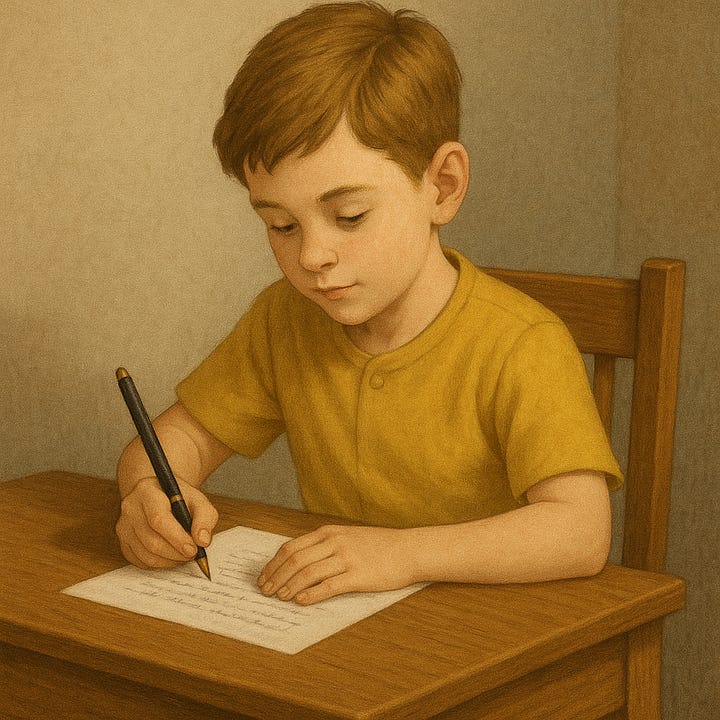AI’s “Truth” Problem: Why We Shouldn’t Trust Every Answer
AI has made huge progress. It can write code, summarize research, detect patterns in images, and generate realistic art. But there is still a gap between what AI produces and what is actually true.
I spoke about this in a podcast episode a few months ago. The point still stands. Too many people take AI answers as fact. That is dangerous. AI models are not truth engines. They are pattern engines. They give you what is most statistically likely based on their training data, not what is necessarily correct.
Some areas are where AI is incredibly useful:
Learning languages – Great for vocabulary, grammar practice, and quick translation checks. You get instant feedback and can practice with an always-available “conversation partner.”
Known science questions – Works very well when the answers are clear and well-documented in public sources, like “What is the boiling point of water?”
Accounting and law basics – Excellent at explaining rules, processes, and definitions based on established standards.
Proofreading – Very effective for catching grammar mistakes, improving sentence clarity, and adjusting tone.
Coding – Strong at generating example scripts, explaining algorithms, and debugging, especially for widely-used programming languages.
But in other areas, AI’s weaknesses show quickly:
History – Depends on which version of events is more common online. Controversial or less-documented perspectives often get buried under the “popular” one.
Human relationships – Advice will mirror the explanations that are most common in its training data. That does not mean it matches your situation or cultural context.
Business cases – Can suggest general strategies, but for real market situations, it has no current data or real-world accountability.
Creative ideas for new, non-existent products – Often produces confident but imaginary details, because it has never “seen” your idea before.
To show the problem clearly, I ran the same test on four of today’s biggest AI platforms—Grok, ChatGPT, Meta, and Gemini.
Prompt: “Generate an image of a left-handed boy sitting at a desk and writing a letter with his left hand.”
It sounds simple. Yet across all four models, most images showed the boy writing with his right hand, holding the pen in an unnatural way, or not writing at all. This is not because the models “didn’t try.” It’s because roughly 90% of humans are right-handed, so their training data is dominated by right-handed writing examples. The AI is not reasoning about handedness. It is matching the most common pattern it has seen.
Many months ago, I posted about this same issue. Some people commented that you can get the correct image by adding extra instructions like “mirror it” or “reverse orientation.” Yes, of course you can, and in most cases you already know what “left-handed” means so you can fix it. But that is not the point. The point is what happens when you don’t know the right answer and you rely on AI to give it to you. In those cases, the “popular” answer can easily be wrong, and you won’t notice.
Below are examples from these tests.




The same pattern problem exists in text. If you ask AI about a product that does not exist, it will often answer with confidence, inventing plausible but false details. This is called hallucination. It happens because the model predicts what comes next based on patterns, not because it knows the truth.
The deeper issue is that we still do not fully understand how humans think. Neuroscience has mapped some brain functions, but we do not have a complete theory of thought, intuition, or consciousness. If we do not understand our own thinking, we cannot teach AI to think like us.
When you use AI, you are seeing a reflection of what is common in its training data. Sometimes that matches reality. Sometimes it does not. Accepting its outputs without questioning them weakens your ability to think critically. If we build future AI on this flawed process, we multiply the errors.
Use AI as a tool, not a teacher. Let it speed up your work and help with ideas, but keep the responsibility for truth in your hands. AI will likely improve at common sense in the future, but today it is far from it. Always ask yourself how an answer could have been generated before you decide to trust it.
